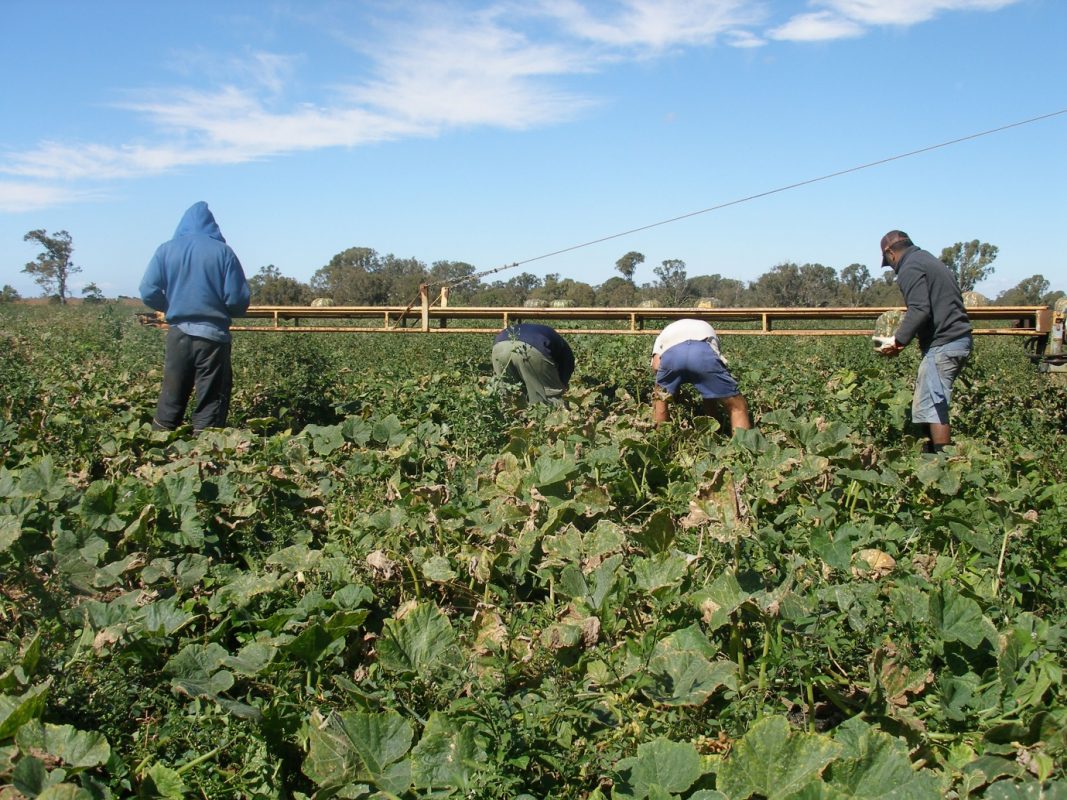Make the most of melons
Most of us have enjoyed the delights of eating a sweet, juicy melon. Melons are grown all around the world with watermelon, honeydew and rockmelon the most common types.
Native to Africa and south-western Asia, melons are members of the Cucurbitaceae family and have been cultivated in Egypt since 2000 BC.
Spanish settlers introduced plants to North America in the 15th and 16th centuries, and melons were planted in Australia after the arrival of the First Fleet in 1788.
China produces eight million tons of melons per year, or 25% of the world’s melon consumption.
Australian Melon Industry
The Australian melon industry consists of approximately 250 growers producing around 217,000 tonnes annually across 8,500 hectares. The melon industry has a farm-gate value of around $189 million, with most production grown for domestic consumption. Small quantities are exported to New Zealand, United Arab Emirates, Malaysia, Hong Kong and Singapore.
Melons are produced all year round and are grown in all states and territories. Almost 50% are grown in Queensland, with only minor amounts in Tasmania and the ACT.
Types of Melons Grown in Australia
Over 20 different types of melons are grown in Australia, however most of these are niche varieties and the industry is essentially based around three types:
• Watermelons – Most are cylindrical or round, with mottled or striped green skin and a pink to red centre. As their name suggests, watermelons are about 90% water and 8-12% sugar. Watermelons have dark brown seeds, however seedless watermelons are becoming more common. Watermelons are available all year round, peaking from December to May.
• Rockmelons – Usually round or slightly elongated with firm, netted or scaly, cream or buff coloured rind with a moist, sweet, orange to peach-coloured flesh. They are available all your round, peaking from November to March.
• Honeydews – Usually round to slightly oval, with smooth, white or gold skin. Flesh colour ranges from pale green to green. They are moist and sweet with seeds in the centre. Honeydew melons are available all year round peaking during January and February.
The nutrient content of various types of melons vary slightly, but they all contain over 90% water and are regarded as being a healthy food, low in fat, and with a mixture of vitamins.

Melon Jobs
Melons are grown as a ground vine so picking generally involves lots of bending and lifting. The fruit are often picked onto a conveyor with sorting done on a trailer in the field, however picking can also be done directly into crates or bins. Some packing jobs in the comfort of a shed also exist but are less common.
Melon planting and ground preparation is generally conducted by permanent farm staff, however tractor and fork lift drivers are always needed during harvest.
As melons are grown year round there are opportunities to get work at any time, but remember that most areas are seasonal with north Queensland, the Northern Territory, and Kununurra in northern Western Australia growing through winter. New South Wales, South Australia and Victorian growers will predominantly grow during summer.

Plan Ahead
Fruit picking and packing work is becoming harder to find in Australia due to the combined effects of drought, recent bushfires and larger numbers of Seasonal Worker Programme employees coming to Australia.
To increase your chances of getting harvest work in the melon industry, do some homework. Find out when melons are in season in particular areas and how big the industry is in that region.
Using the National Harvest Guide is a good start – www.harvesttrail.gov.au, or call the National Harvest Labour Information Service – 1800 062 332
